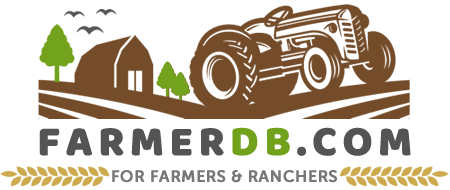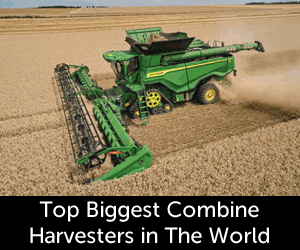The Herdwick sheep is a dual-purpose and a native rare breed. It originates from the Lake District in northern England, where it has been raised for centuries.
They are most popular in the Lake District, where they are an important part of the area’s cultural and agricultural heritage. They are considered an internal breed, meaning they are mostly raised in their native region and are not widely exported.
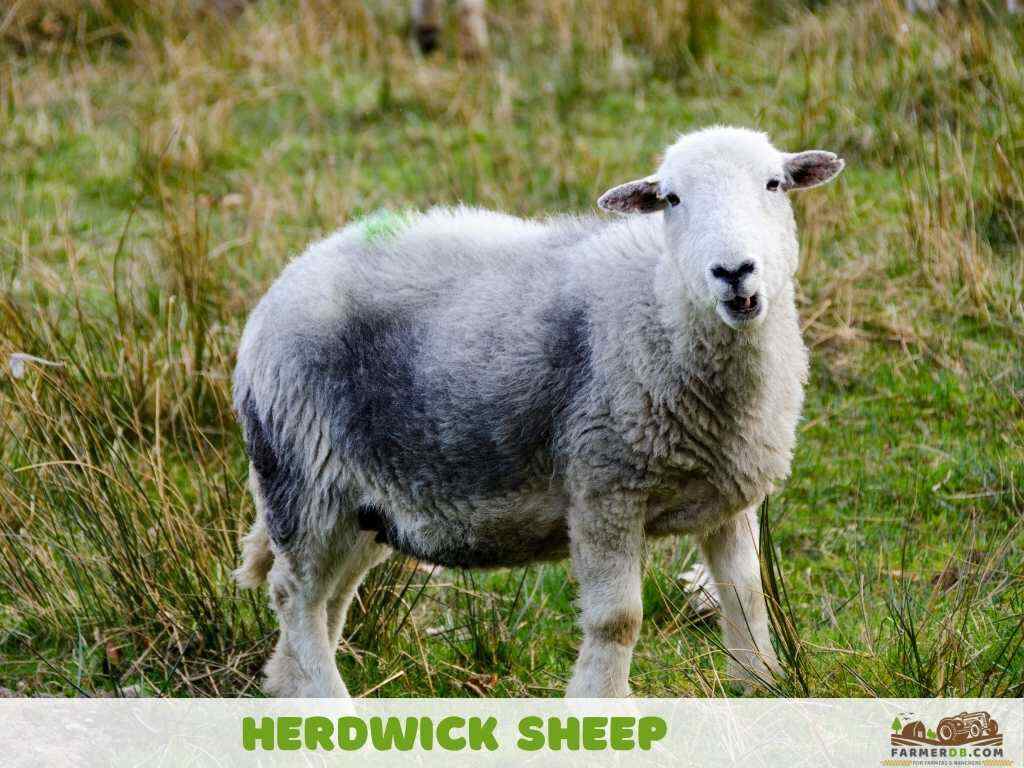
The breed is classified as “at risk” by the Rare Breeds Survival Trust (RBST) in the UK. Its population is relatively small, and ongoing efforts aim to preserve and protect these unique sheep for future generations.
Conservation programs and increased awareness of the Herdwick’s importance to the environment and heritage are crucial to ensuring its future.
Contents
Characteristics
Colors
The Herdwick sheep is known for its striking steel-grey color.
The face and legs are a clear, hoar-frost white, a color that remains consistent across the haired regions, including the head, legs, and the area behind the elbows.
One feature of the Herdwick’s coloration is the transition it undergoes with age. Lambs are born with a black coat, which gradually lightens to a softer grey as they grow. As they mature further, their wool deepens into a darker, richer grey.
Adult Herdwicks often display a mix of dark grey wool with lighter shades around the neck and shoulders, creating a distinctive “ruffle” effect.
Head, Muzzle, Jaw, Eyes
Rams have a strong, masculine head with a medium-length face. The face is covered with strong, bristly hair and remains free from wool.
The area between the eyes is broad and full, while the muzzle is robust with wide-open nostrils. The jaw is strong, and the ears are medium-sized, white, and alert. Their heads are covered with strong, bristly hair, and the top remains free from wool.
Ewes have a more feminine appearance with similar features.
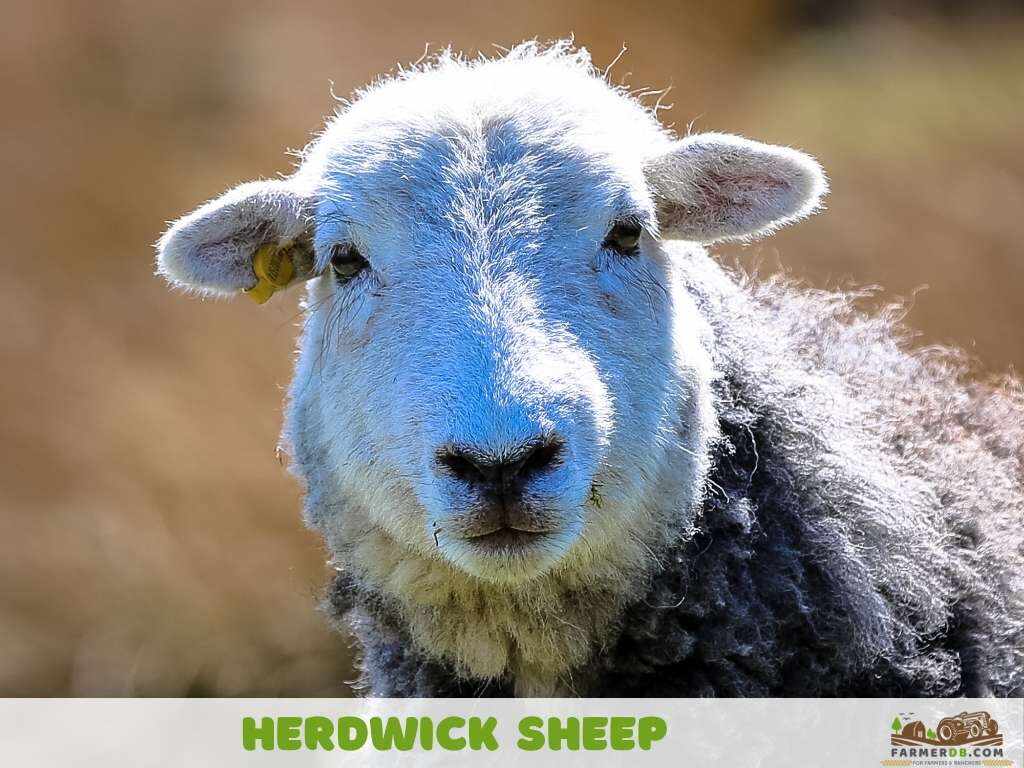
Horns
Herdwick sheep can be both horned and polled, depending on the sex of the sheep:
- Rams are horned, with smooth, round, white horns that are low-set, wide apart, and rise elegantly from the back of the head.
- Ewes are polled, meaning they are naturally hornless.
Neck
The neck is medium in length and rises smoothly from the well-laid-back shoulders. It shows a balance of strength, connecting the head to the shoulders seamlessly.
Shoulders
The shoulders are well laid back, deep, and broad, providing a strong foundation for the sheep’s body.
Body
The body is robust and well-proportioned. The ribs are well sprung and filled behind the shoulders. The back is broad, flat, and strong, with well-developed loins. Hindquarters are squarely set with fleshy legs extending to the hock.
Underside
The underside features a deep chest and a prominent breastbone. The belly is broad and covered in a clean, white, or blue-toned wool.
Front and Back Legs
The front legs are straight, clean, and sturdy, with prominent knees and springy fetlocks. The hind legs are strong, flat-boned, and straight, covered with bristly hair free from wool. All legs are positioned well outside the body, ending in big, white hooves that provide support.
Tail
The tail is thick, muscular, and full of strength.
Udder and Teats
The udder in ewes is well-developed, with a smooth texture and positioned symmetrically. The teats are of an appropriate size, functional, and free from defects.
Size
The Herdwick sheep is a medium-sized breed, with males having an average wither height of 28 inches (71 cm) and females measuring around 24 inches (61 cm).
It is larger than the Shetland breed but smaller than the Dorset breed.
Lifespan
Herdwick sheep live between 10 to 12 years.
In the sheep world, this lifespan is considered above average, as many sheep breeds have a typical lifespan of around 8 to 10 years.
The Herdwick’s ability to live longer reflects their adaptability, especially in the challenging environments of their native Lake District. Their longevity is one of the reasons they are valued by shepherds.
Growth Rate
How fast do they grow?
They have a slow growth rate.
Weight
Fully grown rams weigh between 165–198 lbs (75–90 kg), while ewes weigh around 99–132 lbs (45–60 kg).
Slaughtered Time
Herdwick lambs are slaughtered at 8 to 12 months old, compared to commercial lowland lambs that can be as young as 4 months.
The lambs have a live weight of 62–88 lbs (28–40 kg) and a dead weight of 31–48 lbs (14–22 kg).
Shearlings, which are between 15 months and 2 years old, and older Herdwick animals sold for mutton can have a live weight of over 84 lbs (38 kg) and a dead weight of more than 40 lbs (18 kg).
Shearing
These sheep are usually sheared once per year, typically in late spring or early summer (May to June), after the risk of cold weather has passed. This timing allows them to regrow their wool in preparation for the colder months.
Herdwick lambs are first sheared in the spring of their second year, around 12–14 months of age. After the first shearing, they are shorn annually. This regular shearing maintains their health and prevents issues such as overheating or wool-related problems like flystrike, where flies lay eggs in dirty or damp wool.
Temperament
These sheep have a calm, docile, and independent temperament.
Despite their independence, they are manageable and easy for shepherds to handle. They are good grazers, capable of grazing and roaming for extended periods and across large areas of common land.
They also have a strong homing instinct, meaning they naturally stay within their familiar grazing areas, even without fencing.
Meat
Thanks to their natural diet, the meat of Herdwick sheep has a rich flavor with an earthy taste, making it popular among chefs and food lovers. The meat contains a moderate amount of fat, giving it a good texture and keeping it tender.
Herdwick lamb and mutton are considered a special treat in the UK, especially in places like Cumbria. It is often used in traditional British dishes such as roasts and stews, and it pairs well with root vegetables and strong herbs.
Since this breed is mostly raised in its home region, Herdwick meat is sold as a high-quality, locally-sourced product.
Its excellence has earned it Protected Designation of Origin (PDO) status, guaranteeing its authenticity and connection to the Lake District.
Wool
The wool of Herdwick sheep is known for its strength and durability.
It consists of four types of fibers: wool, guard hair, kemp, and heterotypic hair.
These fibers work together to create an insulating and water-resistant layer, which helps the sheep survive harsh conditions high in the fells. After storms, Herdwick sheep are often the first of the fell breeds to dry off, thanks to this special coat.
Their wool is considered low-cost compared to finer wools, such as Merino, because of its coarse texture. While Herdwick wool might not have high prices in the mainstream textile industry, it is valued in niche markets for its durability, sustainability, and unique characteristics.
The average fleece weight is 3.3–4.4 lbs (1.5–2 kg), and the staple length ranges from 5.9–7.87 inches (15–20 cm). The wool is coarse and kempy, which makes it highly durable but less suited for fine garments. The fiber has a micron range of 35+, meaning it is relatively thick compared to finer wools.
Herdwick wool is used for a variety of products, such as carpets, tweeds, felting, and fiber art. It is also blended with wool from other breeds, like grey Swaledale, to create materials like Thermafleece, which is used for home insulation. Undyed wool from sheep of different ages is often used to make fabrics with natural color variations.
This wool’s durability and water-shedding ability make it ideal for outerwear, bags, and home products in England, where it has been developed for use in knitwear and other specialty items.
Raising
Feeding
These sheep can be raised entirely on grass, as they efficiently utilize low-quality forage.
During harsh winters or when grazing is extremely limited, some supplementation, such as hay or mineral licks, may be necessary. It is important to monitor their health and observe their condition to ensure their needs are met.
In their native area, most Herdwicks are raised by grazing freely on the fells during the winter months, typically from December to April. They are usually left without additional feed, relying on the natural vegetation of the hillsides. Each ewe remains in her heaf, a specific area of fell that she instinctively stays within.
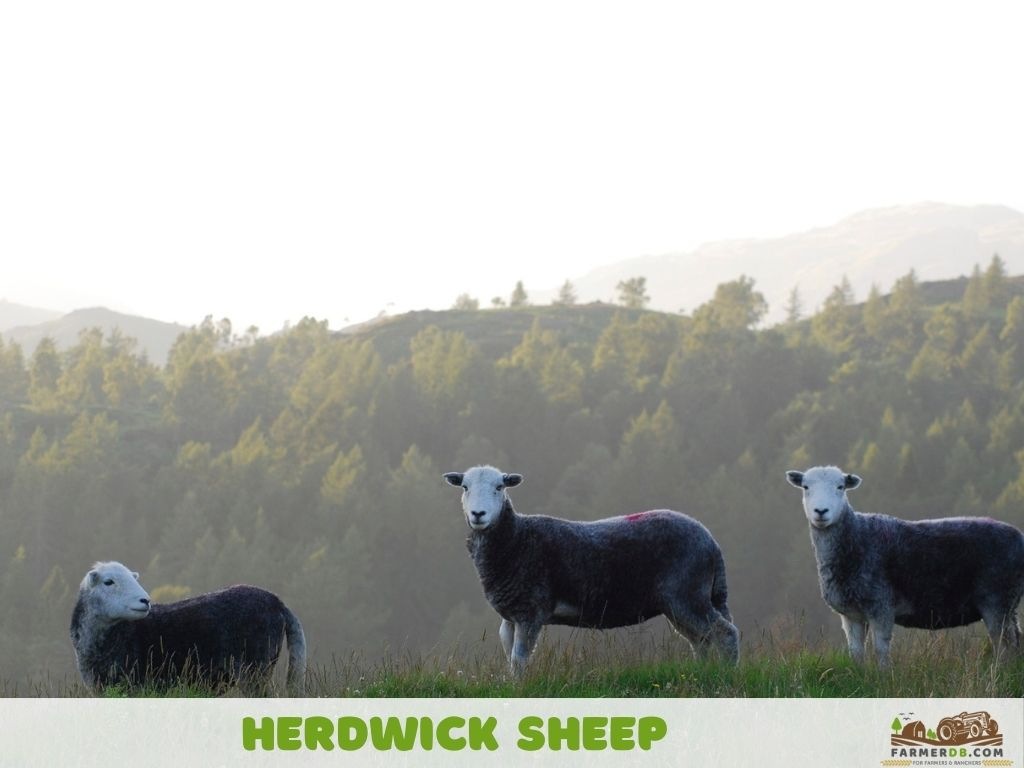
Environment
These sheep are well-suited to large, open pasture lands and also thrive in high-altitude environments such as upland and fell regions.
While specific altitudes vary, they are known to do well in areas up to 9,842 feet (3,000 meters) provided there is adequate grazing available.
Climate
This sheep breed is best suited to colder climates, where they thrive due to their thick, durable wool.
They are naturally adapted to cold, wet, and windy conditions, such as those in the Lake District and other upland areas.
While they can tolerate milder climates, they are less heat-tolerant than some other breeds. In warmer regions, they require careful management, including access to ample water, shade, and opportunities to cool down.
As for hot climates, Herdwick sheep are not suitable and cannot adapt, even with the most attentive care. Raising them in such environments would compromise their health and well-being.
Shelter
These sheep can handle most cold and high-altitude environments without man-made shelters, relying on their natural resilience and adaptations to survive and thrive.
But providing shelter can enhance their comfort and safeguard their health during severe storms, heavy snowfall, or prolonged freezing rain, helping to reduce stress and prevent hypothermia.
During lambing, shelter is often provided to protect vulnerable ewes and newborn lambs from the elements, ensuring their survival in cold or wet conditions.
How many sheep per acre?
In fertile lowland areas, you can raise 7 to 10 Herdwick sheep per acre.
In areas with decent grass growth but not highly fertile soil, you can raise 4 to 6 sheep per acre, while in rough terrain with reduced forage, you can raise 2 to 4 sheep per acre.
Apart from pasture quality, you should also consider other management practices, such as rotational grazing and supplemental feeding.
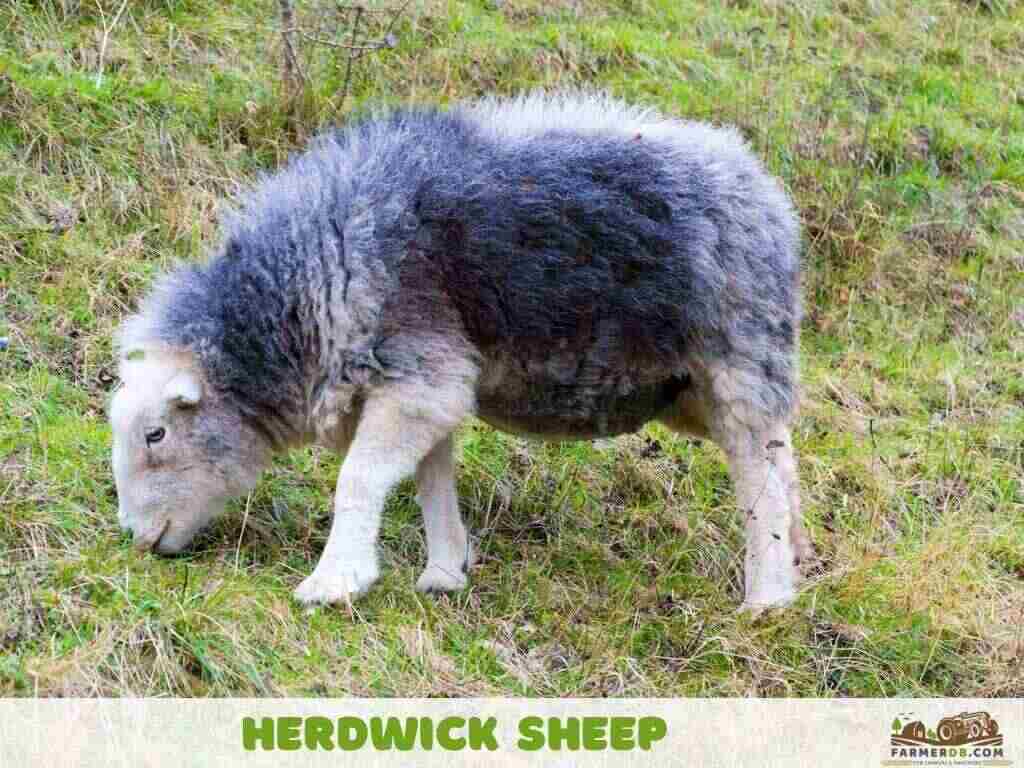
Breeding
The breeding process for these sheep is carefully timed to align with the short grass-growing season in their native regions.
Breeding generally begins when the ewes are 18 months old, though some may be bred slightly earlier if they are in good health.
The breeding season usually occurs in November. Rams are introduced to the ewes so that lambing aligns with the beginning of grass growth in March or April. This schedule ensures lambs have the best chance of survival by providing access to fresh forage after birth.
Despite their natural vigor, the rough conditions on the fells result in lambing losses of up to 25%. This is largely because the ewes, driven by instinct, remain in their familiar grazing areas on the fell, even during lambing, which can expose them and their lambs to harsh weather and increased risks.
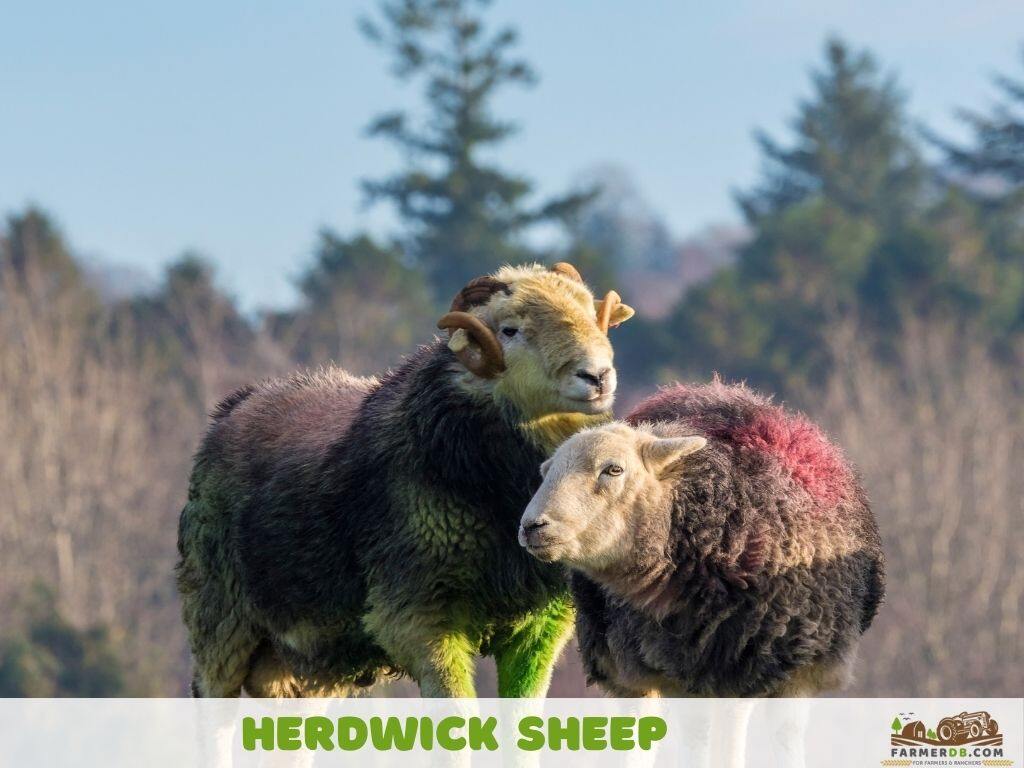
The gestation period for these sheep is around 147 days (approximately 5 months). Lambing usually occurs in the early hours of the morning, often during March and April. During this time, experienced ewes tend to manage well on their own, choosing sheltered locations and ensuring their lambs are suckling properly.
Even though lambs are born with a thick, felt-like coat to help them endure the cold, they still need to be monitored. Skilled shepherding is crucial to provide assistance where needed, especially during harsh weather.
Ewes generally have strong mothering instincts, especially if they are in good condition. They produce abundant milk, which is vital for their lambs’ early development. The calm temperament of the breed and their ease of handling make the lambing process more manageable for shepherds.
Health Issues
These sheep are known for their naturally high health status, hardiness, and resistance to many challenges posed by harsh environments. That said, like any other sheep breed, they can experience health issues if not managed properly, such as foot rot, parasitic infections, or flystrike.
Why should you raise it?
This sheep is ideal for those with goals such as promoting sustainability, supporting eco-friendly farming practices, or contributing to the conservation of a rare breed. However, achieving these goals also requires living in a suitable climate, specifically colder regions. Without the right environment, even with the best intentions, raising this breed successfully is not feasible.
Homesteaders in such environments can also raise this breed for meat, as it is independent and does not require supplemental feed.
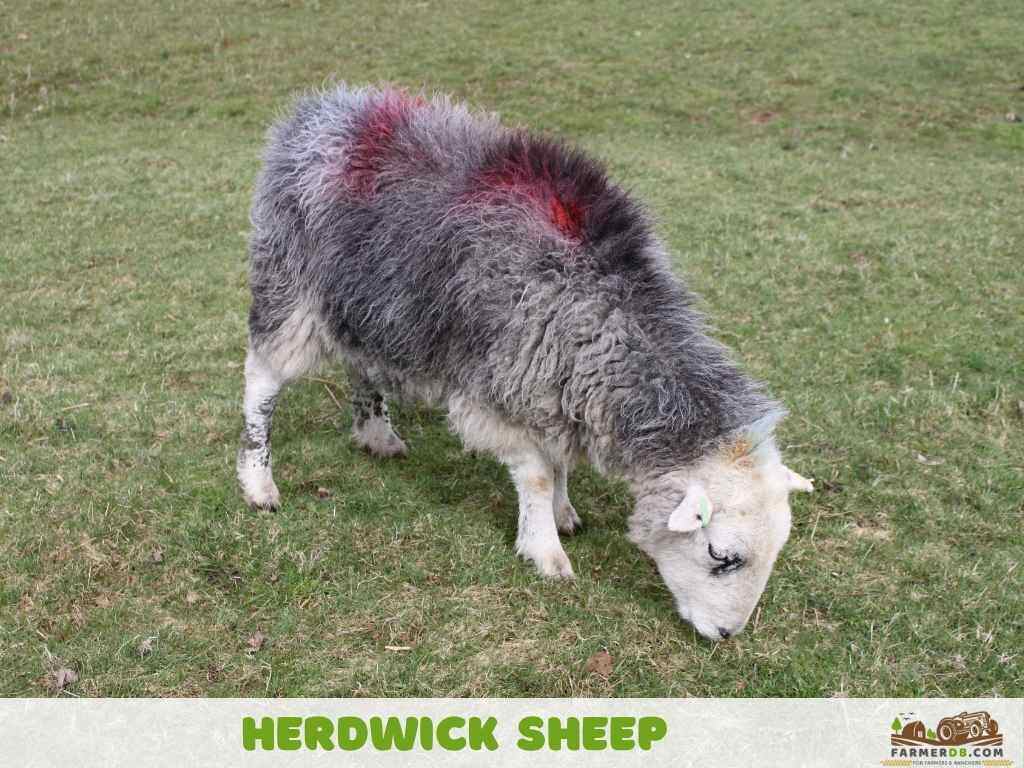
Advantages
- Hardiness
- Low maintenance
- Mothering instincts
- Eco-friendly
- Longevity
- Cultural heritage
- Good meat
Disadvantages
- Slow growth rate
- Low wool value
- High lambing losses
- Limited adaptability
- Low market niche
References
Do you have any experience with the topic discussed here?
Would you like to improve the information shared and contribute your practical knowledge on the subject?
Your real-world experience as a farmer or rancher could greatly benefit other members, and the community would deeply appreciate your contribution.
